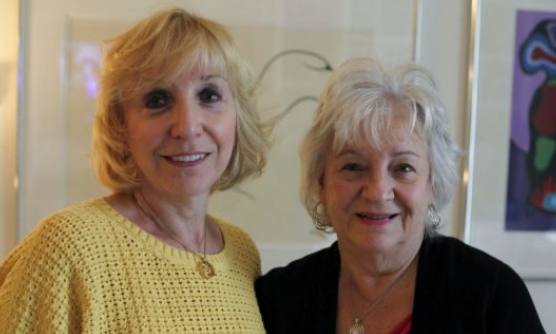Family of Child 1751 Maurice Middlestadt surprised by Star story

The family of Maurice Middlestadt, the 8-year-old boy who died at Huronia Regional Centre and may have been buried with marker 1751, was shocked to learn of him. The family knew little about the boy outside of whispers.
By: Tim Alamenciak Toronto Star
All that existed of Maurice Middlestadt were rumours. His family members whispered about a boy who had been sent away shortly after his mother died.
The Middlestadt’s was a family tree with one branch that ended in a question mark — until two of Maurice’s surviving nieces recognized Lionel Middlestadt, Maurice’s father, in a front-page Toronto Star story this past weekend.
“Reading that letter (from Lionel) in the paper, it brought me to tears,” said Joyce Burns, 71. “I just felt it gave us a more complete picture.”
Burns and her sister, Beverly Kavanagh, 66, are the nieces of Maurice, the 8-year-old boy who is one of two possible children the Star identified as being buried with marker 1751 at the Huronia Regional Centre cemetery in Orillia, Ont.
Thanks to shoddy record-keeping, either Maurice Middlestadt or Lena Potts, 15, could have been the child buried with the marker 1751. The children arrived at the institution a month apart and died just a month and a day apart from one another.
Maurice spent more than two years in Huronia Regional Centre, which was recently the subject of a $35-million class action settlement between survivors and the provincial government. The suit alleged physical, sexual and emotional abuse was rampant at the institution. The provincial government denied allegations of abuse in its statement of defence.
“This child, this poor child. Two years of misery,” said Kavanagh.
“See we have no real history of my mother's family because of how she grew up. She was given away also. And we never understood why,” said Kavanagh.
She had only heard mention of a child with intellectual disabilities who was sent away, but the family members themselves had scant details.
“Nobody ever talked about it. There was nobody to ask really,” said Kavanagh. She herself has struggled raising a child with attention deficit disorder.
Their mother, Esther Middlestadt, was born Feb. 11, 1917, when Maurice was just three-and-a-half years old.
In 1918, the Spanish flu raged across the globe. It infected everyone in the family, but Leah Middlestadt, Maurice and Esther’s mother, was hit harder than the others. She, and the baby she was carrying, were both dead by Oct. 28, 1918, leaving Lionel Middlestadt alone with Maurice, Esther and two other sons.
Unable to care for Maurice, who needed 24-hour supervision and assistance eating, Lionel desperately sought a home for him. Lionel and his four children eventually moved into his brother’s Cabbagetown house.
Maurice was admitted to Huronia Regional Centre Dec. 6, 1918. Shortly afterward Lionel gave his other three children away to relatives, including Esther. The burden was too great for him then, but he would later marry again and have eleven children.
Kavanagh and Burns were shocked by the letters from Lionel, which appeared every few months and politely inquired about his son’s status. The man had a reputation as a curmudgeon.
“We just thought he gave up these three children and went on and re-married and hardly ever saw them, but he was dealing with this situation,” said Burns. “Like I said it brought me to tears and I just felt so much empathy for him, and it gave me a different feeling for that history.”
Lillian Golden, now 97, was Lionel’s niece and close friend of his three surviving children. She had no idea Maurice existed until the Star reported on his case.
“It's unbelievable, honestly. I really am so surprised about it all,” Golden said. “I'd like him to be buried …in his own grave, with a name and everything else.”
